Debate over downtown high-rise buildings continues in Colorado Springs
COLORADO SPRINGS, Colo. (KRDO) -- A revised proposal for a high-rise apartment project downtown, has renewed the debate among city leaders about whether such a project would be unsightly and lock mountain views for people who live, work and visit in the area.
Although the subject of an hour-long presentation during a City Council work session Monday was more about building height restrictions downtown, the catalyst is believed to be a updated project recently announced by the O'Neil Group.
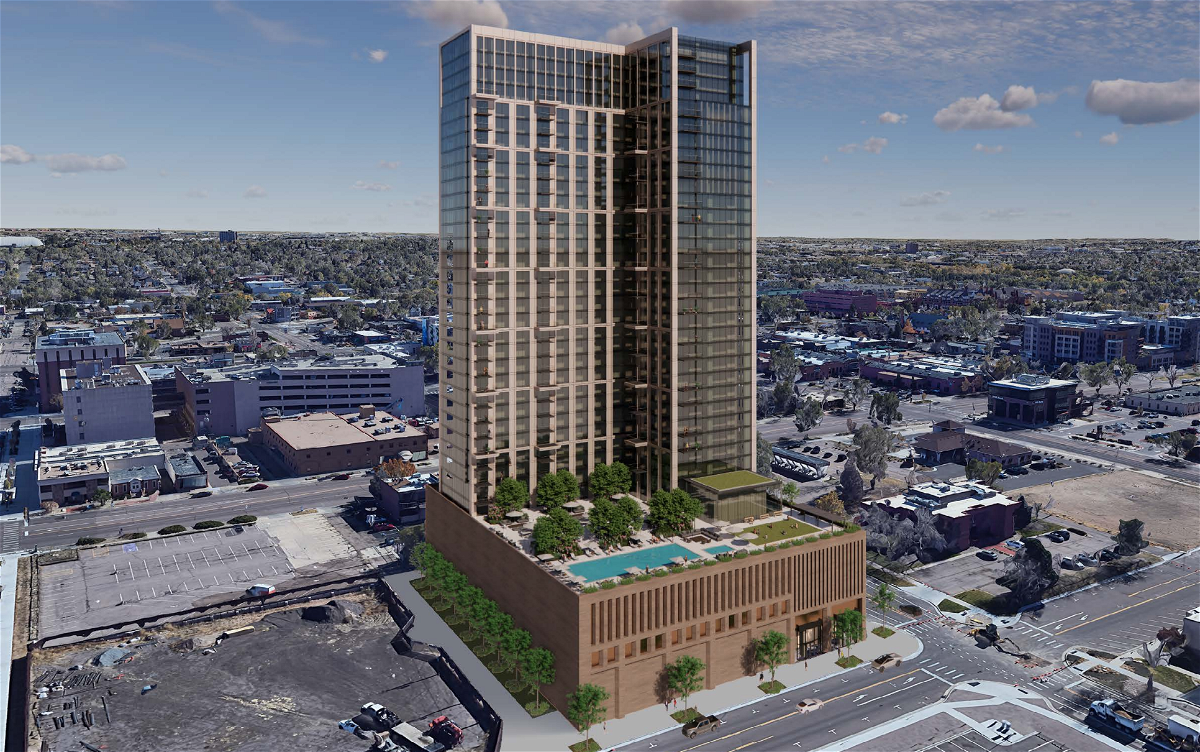
The new proposal would build nearly 500 apartment units and street-level retail businesses in a 36-story building on Costilla Street, a block east of the Olympic and Paralympic Museum; that plan replaces the original 2021 proposal to build a 25-story building and a 10- to 12- story office building at the location.
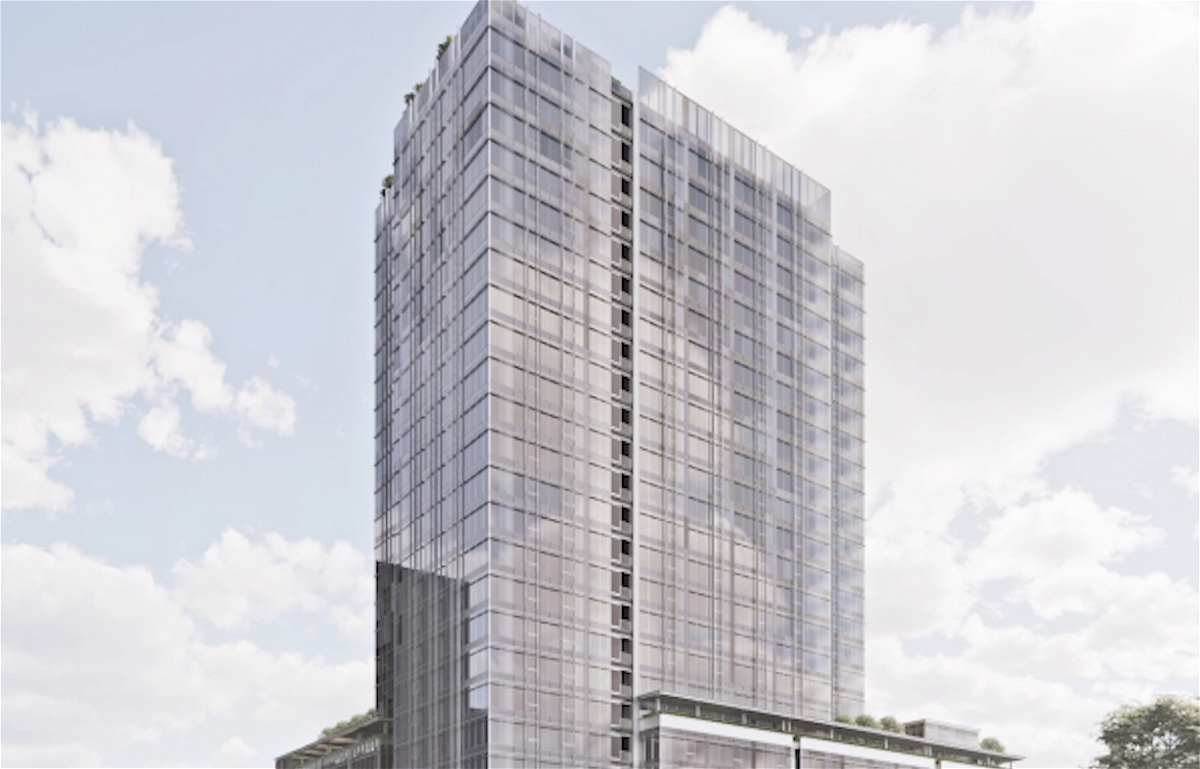
Many residents who live in and near downtown feel that such a project -- estimated to be around 375 feet tall, 125 feet more than the Wells Fargo Tower -- would be out of place and block prized views of Pikes Peak and the connecting mountains.

Councilman Dave Donelson, who asked for the presentation by the city's Planning and Neighborhood Services department, agrees.
"At a recent town hall, I asked all the citizens there if they knew that we had no height limits in the downtown area, and none of them had been aware of that," he said. "I asked how many of them thought we should have height limits, and every single one of them raised their hand."
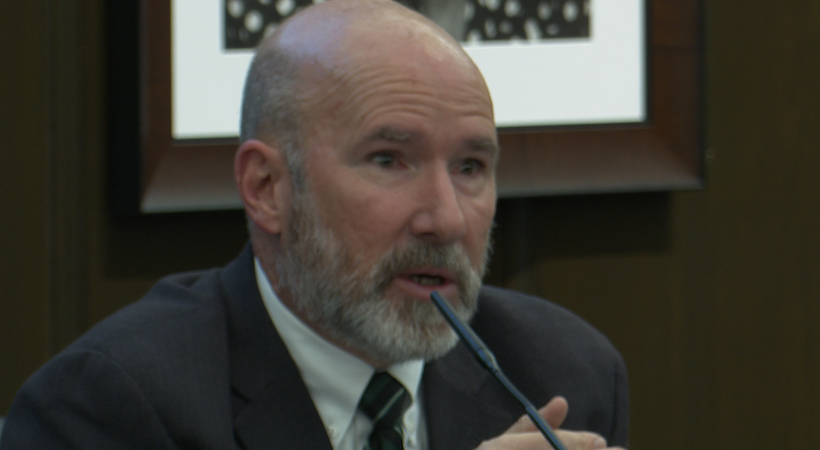
In the presentation by urban planning manager Ryan Tefertiller, he clarified that downtown consists of four zones and only the urban core doesn't have building height restrictions.
"Before 1960, we limited heights to around 50 feet, with exceptions for public gathering places such as the old El Paso County Courthouse (now Colorado Springs Pioneers Museum)," he explained. "In 1960, we created a high-rise zone. In 2007, we began taking another look at building heights. A high-rise hasn't been built in the city since the Plaza of the Rockies south tower in 2001. Marker demand has a lot to do with that."
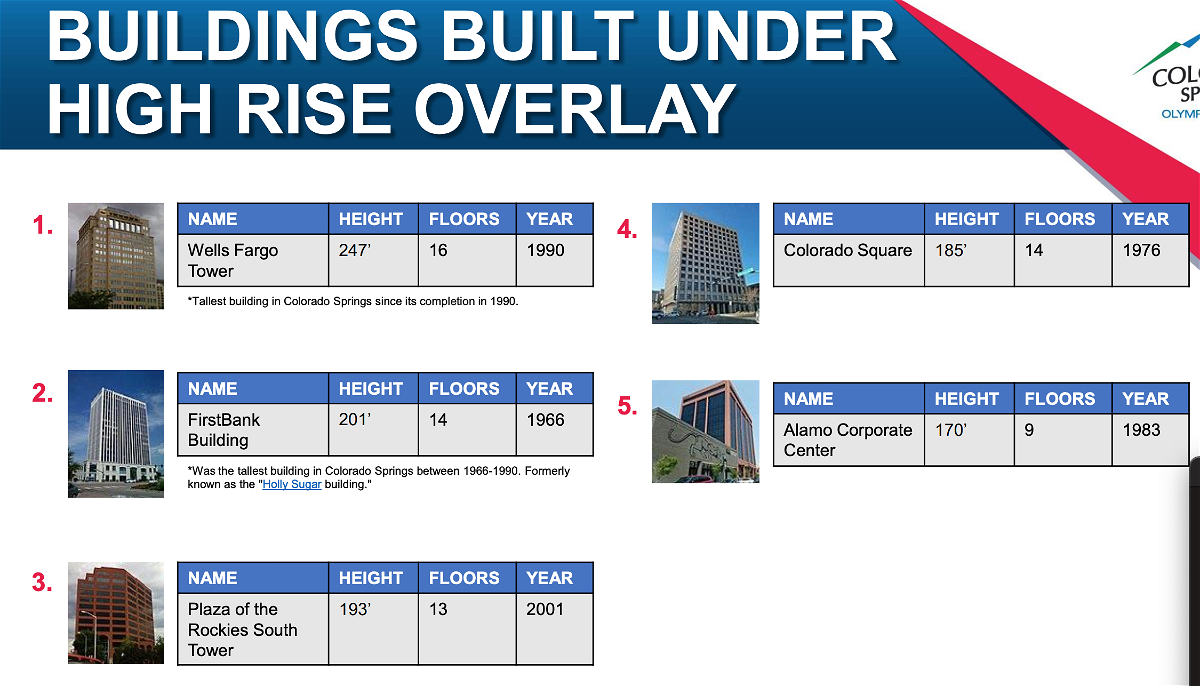
Indeed, the 2008 recession killed a proposal to build the Cooper Tower, a 22-story building that would have been built near City Hall and included condos, commercial space and hotel rooms.
"If we allow one of these high-rises, others will follow," Donelson said. "People don't want us to start looking like Denver."
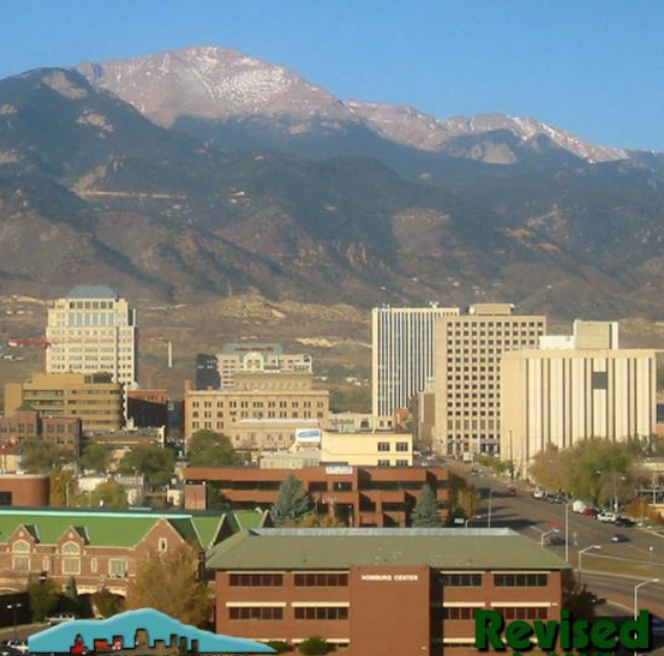
Councilman David Leinweber disagreed.
"We're nowhere near what Denver is," he said. "A project like (O'Neil Group) is exciting and vibrant. It's the kind of thing that can keep are young people here, and not go to Denver because there's more to do there and there's nothing to do here."
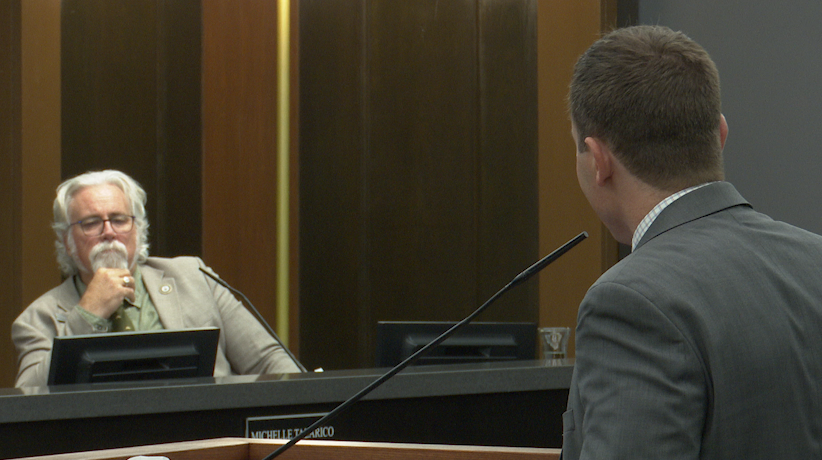
Councilman Brian Risley said that opposing building height restritions may send the wrong message.
"We can't have our cake and eat it, too," he said. "We can't say we want to have housing affordability, and yet do things that block our ability to do that. Or say that we want to attract primary employers, yet block the ability to attract them here."
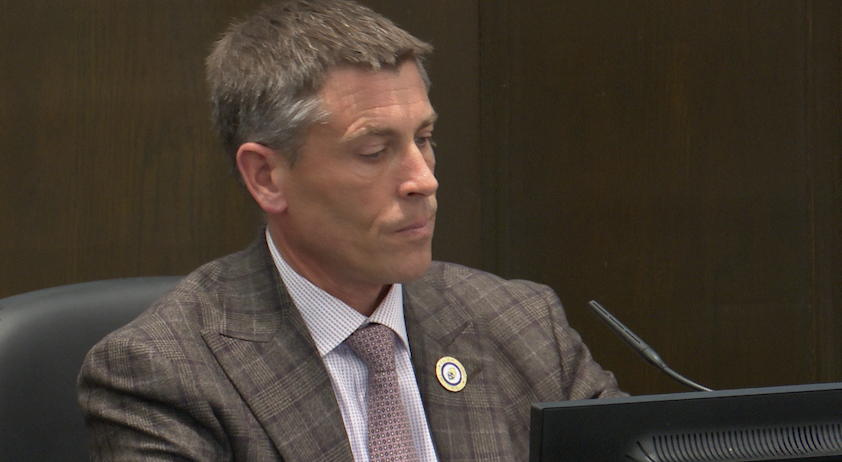
Councilwoman Nancy Henjum hopes that any decision to allow for increased building heights won't come at the expense of historic buildings.
"We've lost a lot of important, historic buildings in our city and I would hate to see that happen," she said.
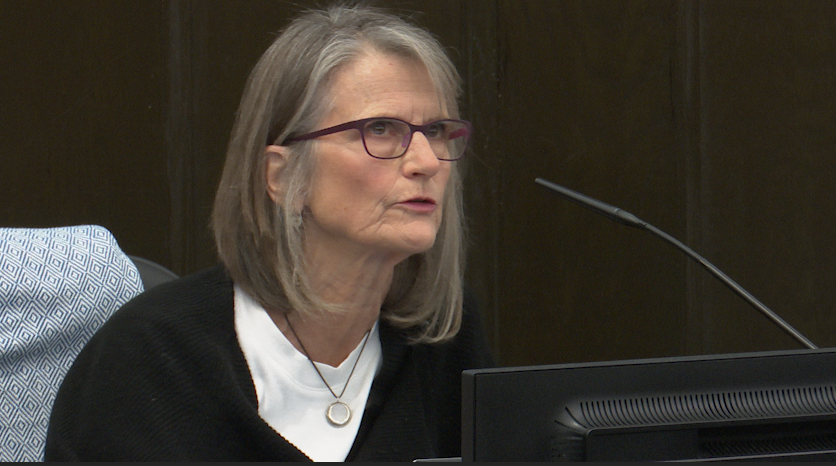
Tefertiller said that high-rise projects are beneficial in that they create density that can support businesses and the local economy, as well as lead to a more efficient use of utilities and public safety resources because more people are concentrated in a few areas and not spread out across a city that already has too much sprawl.
"We also have wider streets and sidewalks in our urban core, and that gives us a more open, comfortable and walkable feel if we have more high-rise buildings," he said.
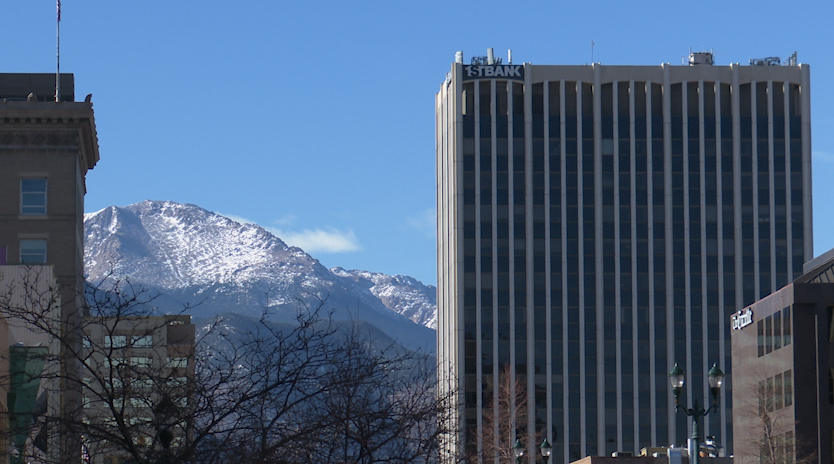
As the O'Neil proposal moves through the planning and approval process, city leaders said that they will continue to discuss whether building height restrictions are necessary.
"I hope to have a final recommendation to the Council sometime in 2024," he said.
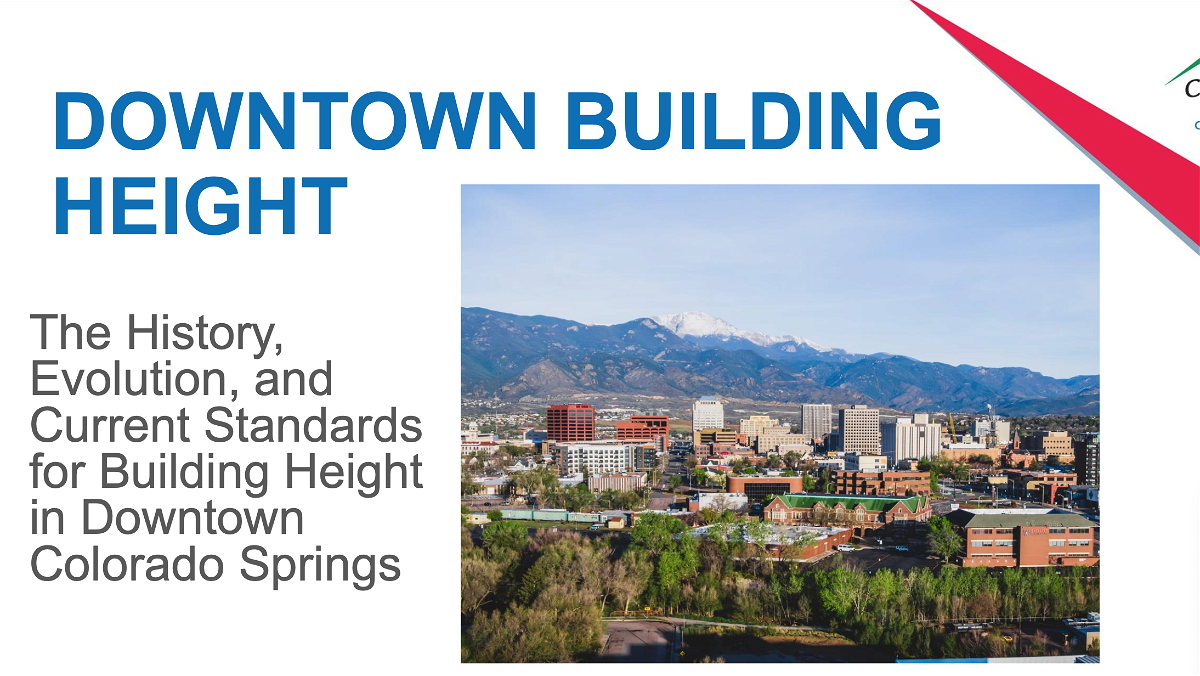
Donelson suggested allowing only taller buildings similar to the current height range of 170-247 feet, and added that votes could be allowed to decide the matter.
Meanwhile, the proposed O'Neil property includes two circa-1900 homes that are vacant; in 2021, the group offered to avoid demolishing them and give them away for free, if someone would pay to have them moved off the site.
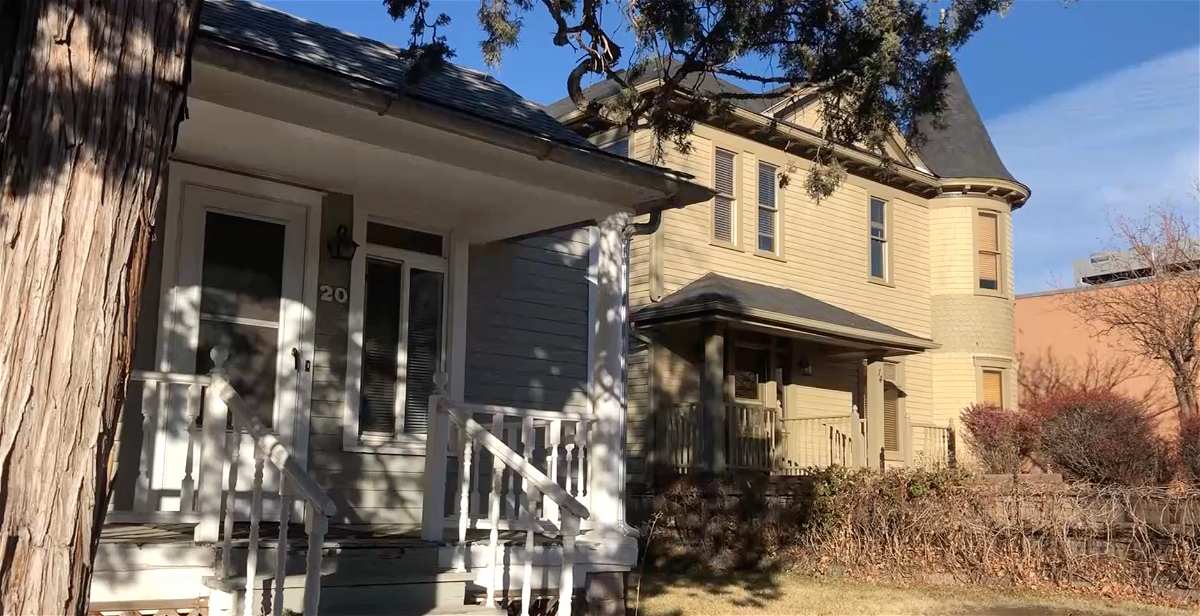
So far, no one has done so.
